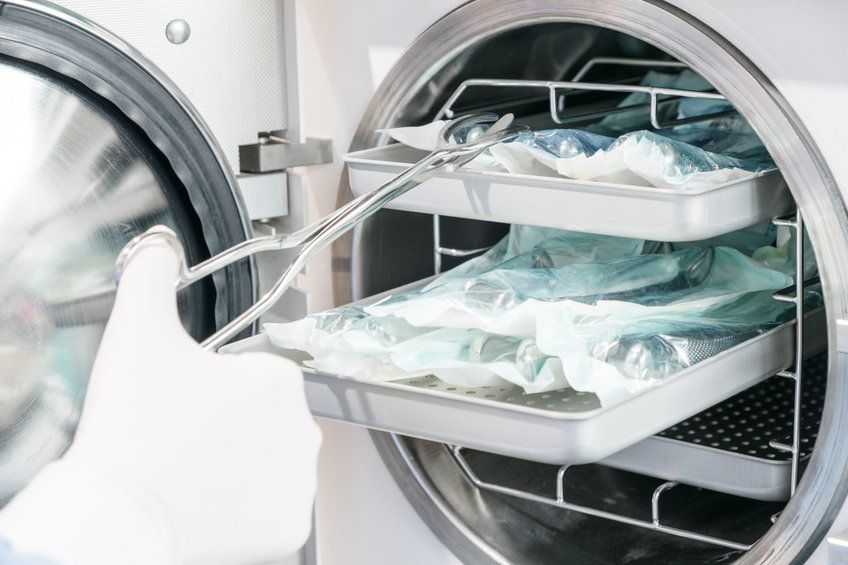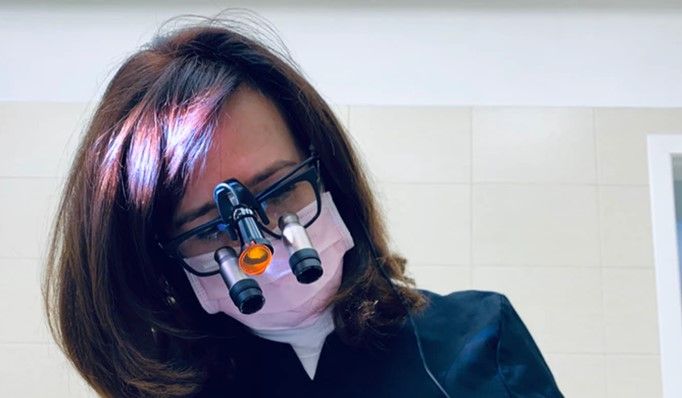5 Strategies for Managing A Dental Practice
March 16, 2022
Guest Blog Post.
For most dental professionals, it is challenging to see the dental offices as a business entity or a vocation, when in fact it is actually both. Although the entire practice is centered around ensuring optimal patients oral (dental) and total health, a dental practice will not be able to sustain your quality services if you’re not product, if revenue is not where it needs to be or if your equipment is not maintained well.
To make sure you can continue giving quality care, without sacrificing any other professional goal you might have, here are a few strategies for managing your own dental practice.
1. Reassess your working hours
Most dental offices still operate with a conventional schedule that usually starts at 8 AM in the morning and closes at or 5 PM. You might want to realign your clinic hours to better serve your patients, as well as open up your schedule for other opportunities. For example, some dentists who run a group dental practice, often have an alternating schedule. Some employees arrive early in the morning and leave early afternoon, while the employees arrive later in the day and leave later in the evening hours.
Many dental offices also intentionally work different hours, such as starting after lunch and schedule patients into the evening hours. This kind of setup allows patients to work half-day or get their dental work scheduled after their day of work.
2. Invest in your people
Of course, this is particularly important for all dental offices. Investing in your team in your dental practice is “investing in the business”. For starters, the dental office admin team members perform a wide range of activities from scheduling patient appointments, keeping records and the dental assistants complete various tasks that include x-rays, dental technologies like taking x-ray (images)and administer patient care.
By equipping employees with the right certifications and training, they can perform some of the tasks that would otherwise fall on to the dentist themself. This saves up time and allows you to focus on more complex work, or attend to the business side of things.
3. Include regular maintenance on your equipment
Like any other machinery, the pieces of dental equipment you have in your dental office also require a periodic maintenance to ensure it doesn’t break down or malfunction right when you need it. A regular maintenance schedule might sound like an added expense for the business but it pays for itself in the long run, saving you from the hassle of having to stop or reschedule an appointment because something in the clinic doesn’t work as it should.
Of course, it involves x-ray machines, washer-disinfectors, hydraulic patient seats, lights, and more. You’ll also need to regularly check your handpieces to make sure you do your work with no worries.
4. Start automating processes
Rapid advancements in technology have made most of them less expensive and therefore more accessible for everyone. Some clerical tasks in your dental office can use this technology, saving you time and effort, all while minimizing the risks that come with manually performing them. The most common example is appointment setting and scheduling, automated solutions available today let you customize the platform and let the patients handle the rest. They can set their own schedules and the system will notify your team for confirmation.
One example of automation that saves the employees time and keeps patients returning to your office is NexHealth.
You can even automate your HR platform for your team, making sure that everyone’s salary and benefits are automatically taken care of. It can even help you see your upcoming schedule or if someone is planning to take a paid time-off, even when you’re not in the office. Some of these automated platforms are available in web browsers or even in mobile apps, improving mobility and accessibility for you and your patients.
5. Monitor your inventory
Sometimes, it’s the small things that derail the entire operation. To make sure you never run out of the important things you need, make sure to always keep a good handle on your inventory. You must frequently review the pace at which you consume certain materials such as cotton balls, Q-tips, patient toothbrushes, gloves, etc. Keeping yourself updated on the inventory status makes sure that you don’t overstock and more importantly, you don’t run out of the things you need in doing your day-to-day business.
For small dental offices, having tight control over the inventory means you only buy what you need, when you need it. This practice frees up a portion of your finances for other purposes, such as training staff or setting maintenance schedules. Also, you can start setting up an inventory management system and train the rest of the team for increased efficiency.
Conclusion
Effectively managing your dental practice often starts with the small, often-overlooked parts of the job. By making sure you pay enough attention and allot enough resources, you can continuously improve the place you work in and the processes with which you do business. Not only do they create better employee and customer experiences, but they also take off things from your mind–letting you focus on providing the best oral and dental health services.
Thank you to our guest author: Kat Sarmiento















 Dan DelMain
Dan DelMain